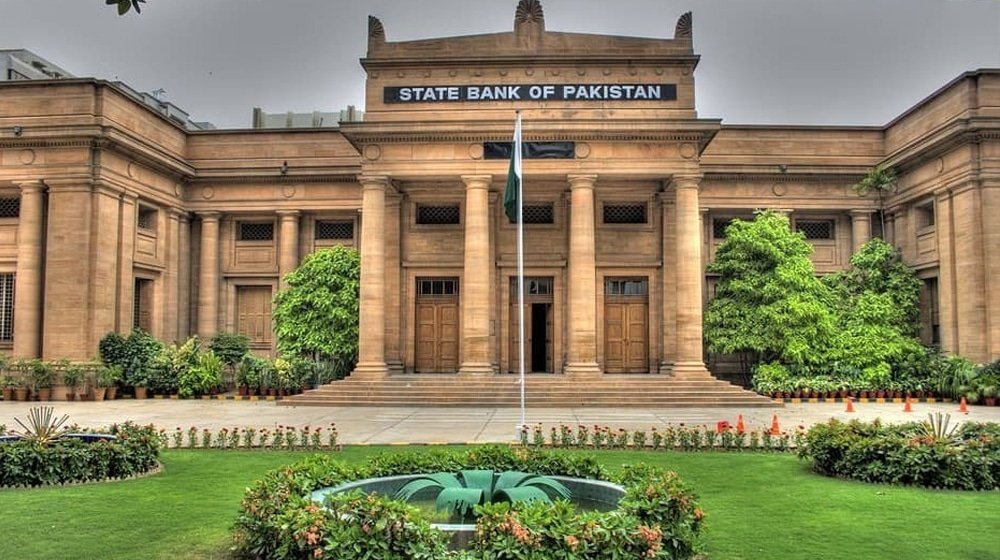The State Bank of Pakistan (SBP) is set to announce its monetary policy on September 12, with brokerage firm Arif Habib Limited (AHL) forecasting a 150 basis points (bps) reduction in the policy rate. This anticipated cut would lower the rate to 18 percent, a level last seen in February 2023 when it was at 17 percent.
AHL’s report stated that this will be the third consecutive rate cut since the interest rate reversal cycle began in June 2024. The brokerage firm cites several recent improvements in macroeconomic indicators that support the expectation of a rate cut.
The primary factor driving the anticipated rate cut is a significant decline in inflation. In August 2024, inflation dropped to a single digit of 9.6 percent, resulting in a real interest rate of 1,000 bps, which provides room for further rate reductions.
Both headline and core inflation rates in Pakistan have decreased, with the average inflation rate for the first two months of FY25 at 10.4 percent, a substantial drop from 27.8 percent in the same period of FY24.
On the external front, the current account deficit has significantly decreased to $162 million in July 2025, compared to $741 million in the same period last year. This improvement is largely due to a 48 percent year-on-year increase in remittances, contributing to the stability of the Pakistani Rupee against the US dollar.
Additionally, the Large Scale Manufacturing Index (LSMI) has shown slight improvement, with a 0.94 percent year-on-year increase in production for FY24. Positive growth was observed in ten sectors, including food, coke and petroleum products, wearing apparel, and pharmaceuticals.
The SBP’s foreign reserves have also seen a substantial increase, rising to $9.4 billion from $7.6 billion a year earlier. This boost in reserves allows the central bank to lower interest rates with a reduced risk of destabilizing the currency or depleting reserves.
Furthermore, Pakistan finalized a staff-level agreement with the International Monetary Fund (IMF) in July 2024, which is expected to receive executive board approval soon. The IMF has emphasized a commitment to fostering disinflation, supporting expectations of continued monetary easing. A rate reduction would align with the IMF’s policy stance and further support efforts to stabilize the economy and promote growth.
AHL also noted that since the last monetary policy announcement in July 2024, yields for short-term government securities have declined in both primary and secondary markets.
In the primary market, yields for 3-month, 6-month, and 12-month tenors fell by 1.49 percent, 1.01 percent, and 0.74 percent, respectively. The secondary market saw even more pronounced declines, with 3-month, 6-month, and 12-month yields dropping by 1.52 percent, 1.60 percent, and 1.28 percent, respectively. Longer-term yields also decreased, with the 3-year down by 1.10 percent, the 5-year by 0.59 percent, and the 10-year by 0.72 percent. This trend indicates that the market is anticipating further monetary easing.










